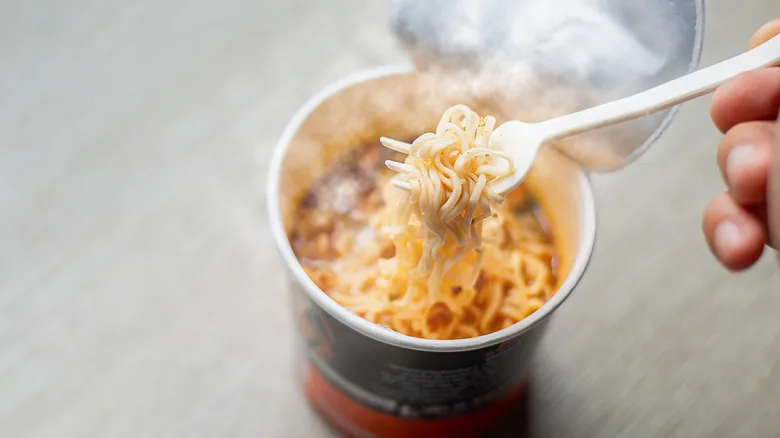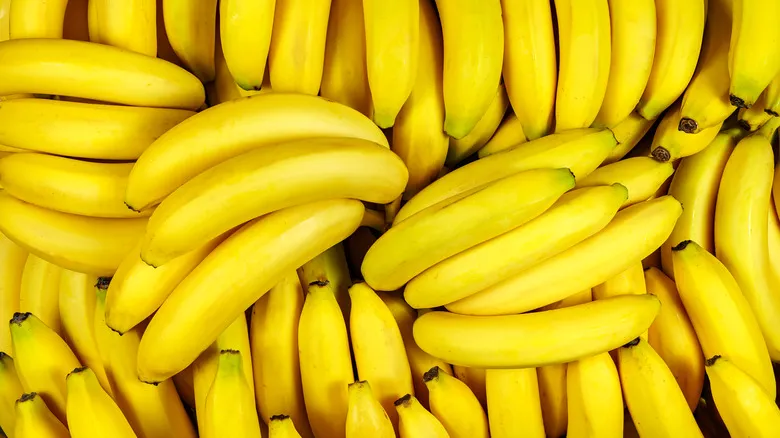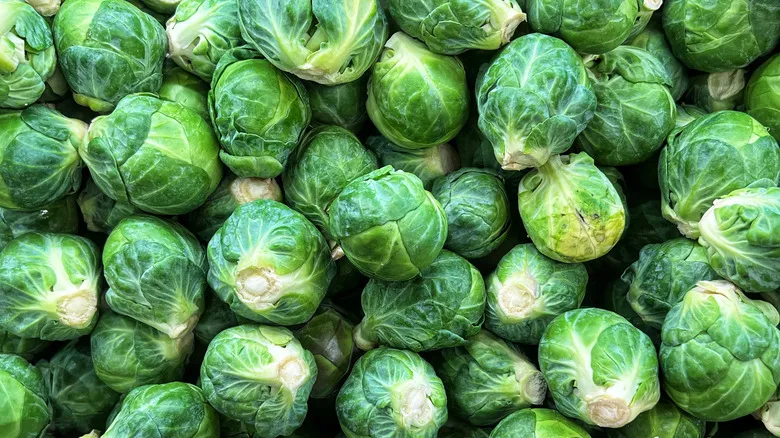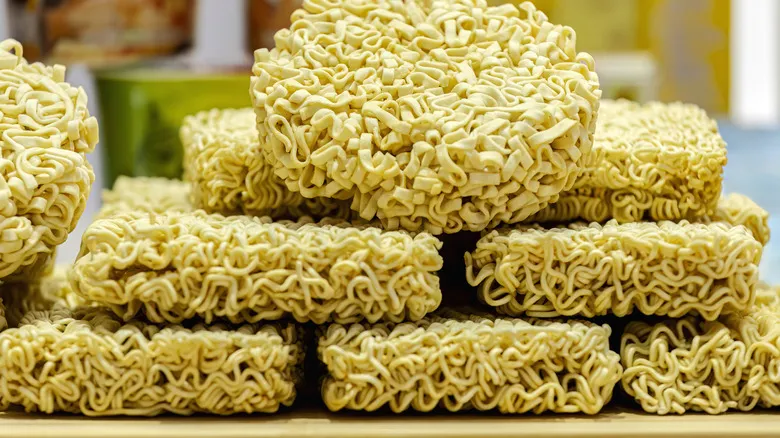How noodles and other instant foods rehydrate quickly

To clarify, when you pour boiling water over a packet of instant noodles, you aren't actually cooking them — you're essentially rehydrating them. The reason you can enjoy hot, tender noodles in just one to two minutes instead of the usual eight to ten is that the noodles have already been pre-cooked at the manufacturing facility. Whether they are boiled or steamed, this initial cooking process involves a crucial chemical reaction.
This key reaction, known as gelatinization, occurs when starches in the food absorb water and swell during cooking, altering their structure. Gelatinization is not exclusive to noodles; it also takes place in other starchy foods like rice, potatoes, and various grains. This process makes foods easier to chew and digest.
For instant noodles, the starches have already undergone gelatinization, so when you add hot water, they quickly revert to the soft noodles we enjoy. Other instant foods, such as potatoes, oatmeal, soup, and gravy, also depend on this chemical reaction. If you appreciate the convenience of instant noodles but find their flavor and quality lacking, consider enhancing them with a creamy element. Here are some additional secret ingredients you might want to incorporate into your ramen.
Recommended

Should You Store Bananas In The Fridge Or At Room Temperature?

Here's Why Your Brussels Sprouts Taste So Bitter

Give Butternut Squash Soup A Brighter Flavor With A Squeeze Of Citrus

The Turkish Ice Cream That Has The Texture Of Taffy
Next up

